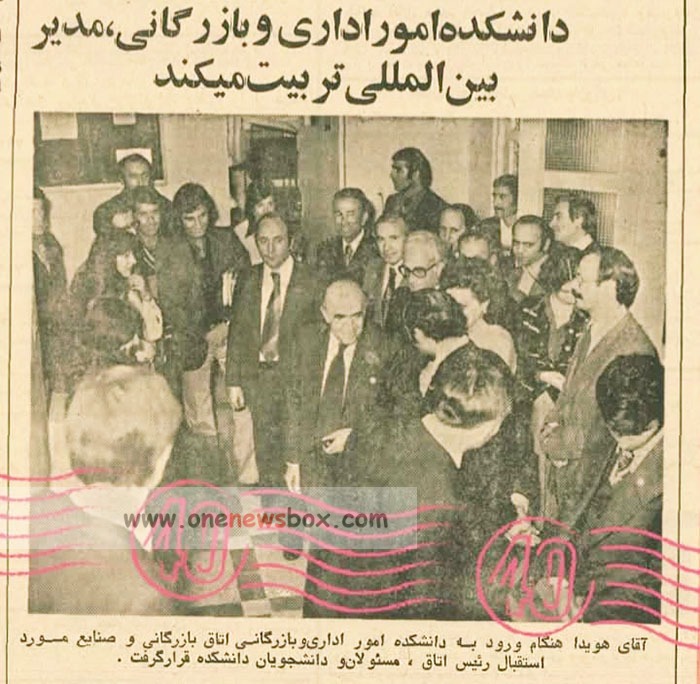Usually, the paper is divided into sections for each of those major groupings (labelled A, B, C, and so on, with pagination prefixes yielding page numbers A1-A20, B1-B20, C1-C20, and so on). Most traditional papers also feature an editorial page containing editorials written by an editor (or by the paper’s editorial board) and expressing an opinion on a public issue, opinion articles called “op-eds” written by guest writers (which are typically in the same section as the editorial), and columns that express the personal opinions of columnists, usually offering analysis and synthesis that attempts to translate the raw data of the news into information telling the reader “what it all means” and persuading them to concur. Papers also include articles that have no byline; these articles are written by staff writers.
A wide variety of material has been published in newspapers. Besides the aforementioned news, information and opinions, they include weather forecasts; criticism and reviews of the arts (including literature, film, television, theater, fine arts, and architecture) and of local services such as restaurants; obituaries, birth notices and graduation announcements; entertainment features such as crosswords, horoscopes, editorial cartoons, gag cartoons, and comic strips; advice columns, food, and other columns; and radio and television listings (program schedules). Newspapers have classified ad sections where people and businesses can buy small advertisements to sell goods or services; as of 2013, an increase in Internet websites for selling goods, such as Craigslist and eBay has led to significantly less classified ad sales for newspapers.

